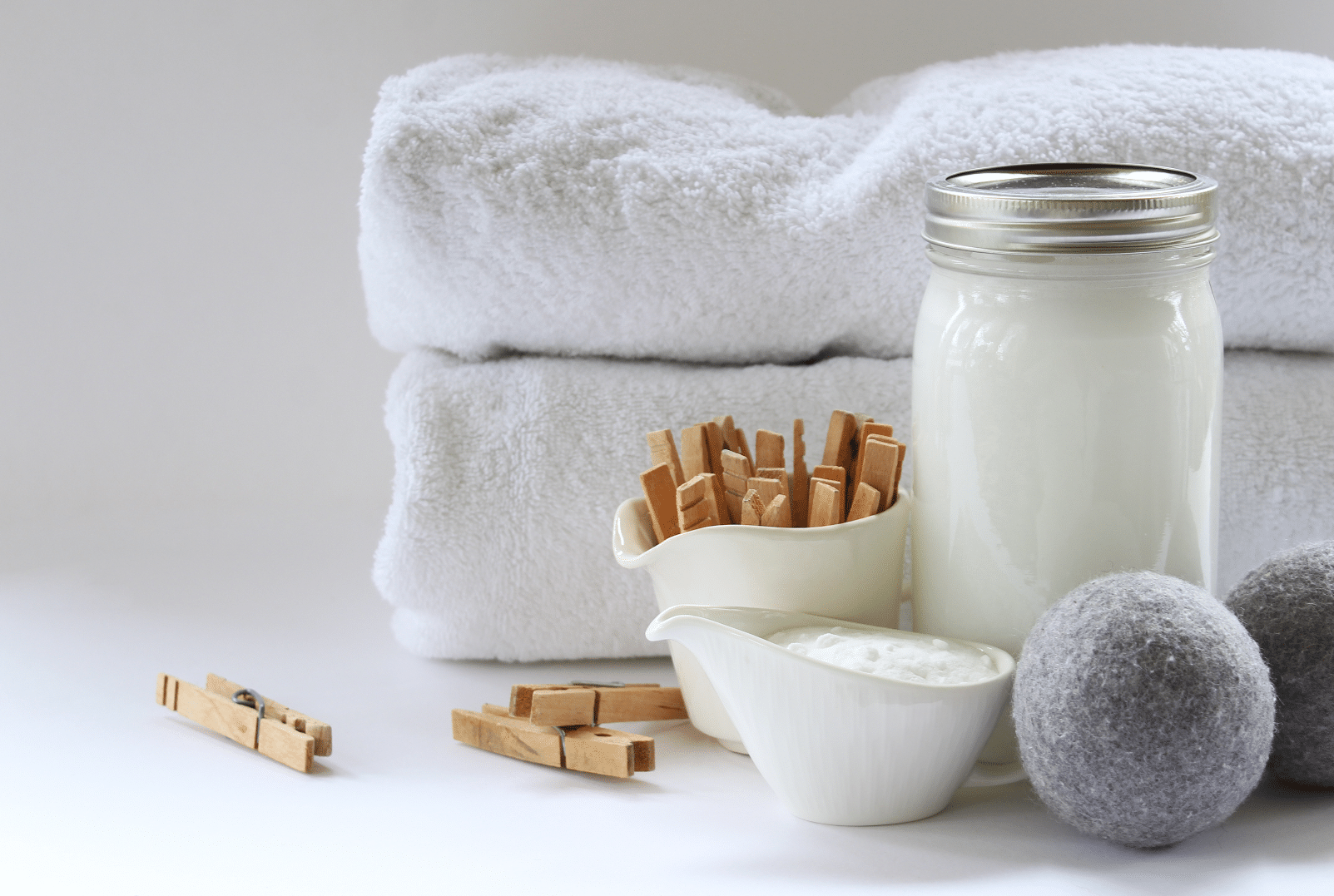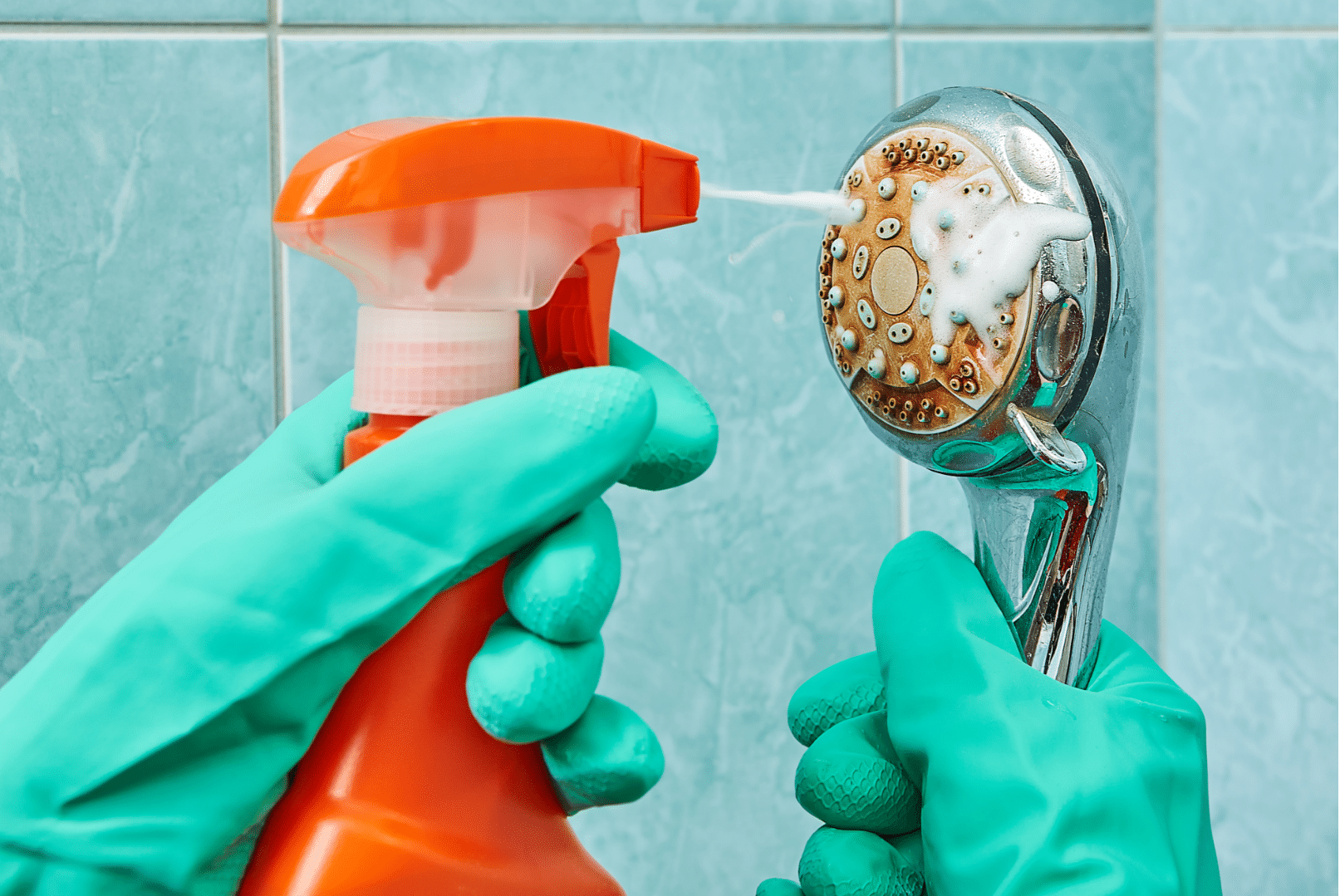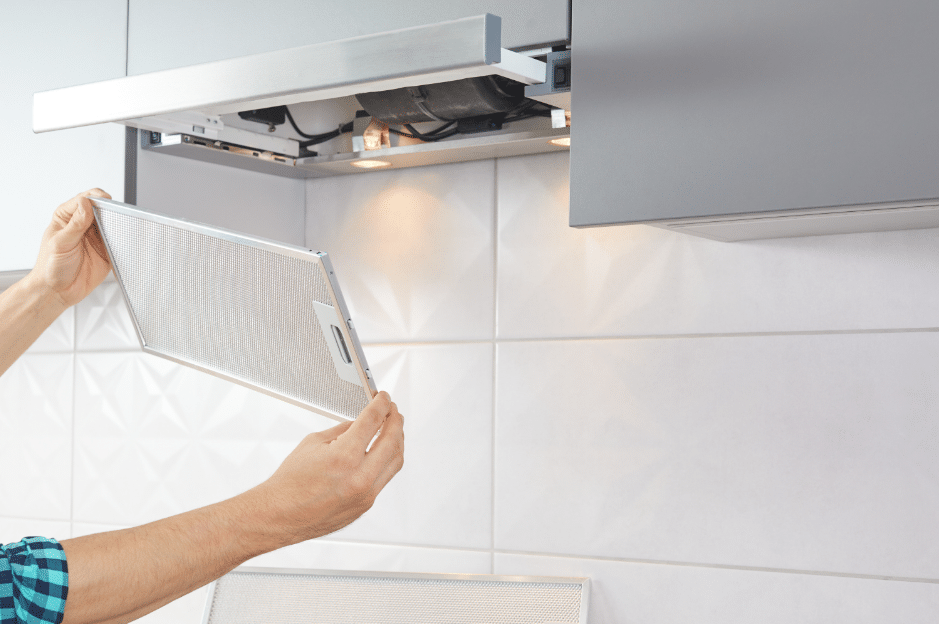Après-Holiday Decluttering
I don’t know about you, but for me January came with a big sigh of relief. While I love the holidays and everything that comes with holiday celebrations: all the shopping, wrapping, decorating, cooking, entertaining, parties, traveling to visit family, traveling to visit friends, arranging for pet care, dressing up, being social, eating, drinking, and cleaning up is exhausting. Then the bills come in and the exhaustion is not only physical, but also mental. When I am bone tired, I cannot settle down and decompress when things around me are messy, and all this holiday fun does have a tendency to leave a path of chaos in its wake. So to rest long and well, there are a dozen messes to address. Join me for holiday decluttering 12 things after the season vanishes.
1. Holiday Decorations
Holiday decorating is so much fun, isn’t it? But I notice every year that there are inevitably a few items that stay in the box. Décor I once loved has lost its magic. As you strip the tree of ornaments, garlands, ribbons, bows, and lights and clear away your other holiday swag, evaluate your stash before you box everything up. If there are decorations that didn’t make the initial cut, ones you don’t have room for, or ones that are damaged, bite the bullet and toss them.
2. Baking Supplies
Baking can be a big and traditional part of the holidays, and baking supplies can use up valuable cabinet space. If the supplies are seasonal, like cookie cutters, store them with your Christmas décor. If your Bundt pans, pie plates, serve ware and cookie cutters are taking over your kitchen storage or were unused this season, purge. Sort through your baking collection and declutter what you don’t need. Either donate what you no longer use, or sell it.
3. Email Inbox
There’s nothing like the holiday season to make you realize just how many email lists you’re on. Every time you buy something on line, merchants pretend you want to hear from them again and again and again. If your inbox received a barrage of sales notifications this winter, take a look at which ones you never open or which stores you’re unlikely to shop from again. Take a moment to click “unsubscribe” or send them to junk (because sometimes that unsubscribe request seems to get lost in the mail) and your inbox will be lighter all year long. Find Gmail unsubscribe tips here.
4. Toys
I left my sweet pup with a Rover sitter on New Year’s Eve in a town close to our party destination but about an hour away from home. Her listing indicated she had two dogs and two little kids. When we arrived at the home, what was mean to be her living room was turned into a playroom with low shelves all around the perimeter filled with – literally – hundreds of toys shoved into whatever space was available. And that’s not counting the toys and playsets on the floor. I seriously wanted to Marie Condo-ize the space, but managed to keep that thought to myself. A good rule of thumb is when you can no longer see the floor in your child’s room or playroom because it’s covered in toys, it’s time to declutter. When kids are old enough, they can be part of the decision-making process and learn a valuable life lesson along the way. Institute a rule — each toy they keep, they donate one — and help them sort through the collection. Find a step-by-step purge process here.
If the toys are in good condition, letting your child know it will go to another kid who could really use them, and will love them, may make letting go easier. Before donating, wash the toys, make sure they are in good repair, and check any safety guidelines. Be sure to check with the charitable organization you’re donating to for any rules governing their acceptance of toys.
5. Holiday Duds
Do you have holiday clothing – seasonal tops, fancy dresses, “ugly” sweaters – that haven’t been worn in recent years? Sometimes it can be hard to part with clothing that’s “still good”. Determine if you’ll likely ever really wear it again. If the answer is “no” donate it or if it’s as ugly as my Aunt Helen’s Christmas sweater, toss it.
If you have garments that are in great condition, do like my sister and sell them on Poshmark, ThredUp, or Facebook Marketplace. Ditto for fancy holiday shoes you’re unlikely to wear in day-to-day life. I mean how many pair of dressy black shoes does a girl need (this is a rhetorical question – she needs them all).
For more help cleaning out your closet, click here.
6. Outdoor Gear
By now, at the beginning of January with the winter in full swing, we all have a good sense of what winter gear we’ll actually wear and which coats, hats, and mittens no one in your household hasn’t (or won’t!) touch. Go through all of it and donate any coats, scarves, hats, boots, and gloves that are still in good condition. Somebody out there will be grateful. I have a friend who keeps a bag of hats, gloves, scarves, and socks to give to the homeless. It’s a thoughtful way to make sure needed items get into the right hands.
7. Cards, Boxes, Ribbons, and Bows
Hold onto only the most important cards you’d like to keep for sentimental reasons, then recycle the rest. When I was a kid, we’d make custom gift tags with last year’s cards. It was always a fun project mom gave us to keep us out of her hair, and a great way to recycle them before recycling was even a thing. Here’s how. Decide just how many cardboard boxes you’ll need for returns and/or storage, and recycle the rest. Will you really reuse those gift bags, ribbons, and bows? If they will easily get smashed before next year, may as well toss them now.
8. The Awful Gifts
I have a friend that brings me a goodie bag each time he visits. So very thoughtful – and appreciated! – but sometimes that lovely gift contains items that just “aren’t me”. Then there’s the mother-in-law that gives you a floral, flouncy blouse when you only ever wear plain solids. Or perhaps you’ve received the dreaded fruitcake. We may hold onto a gift we know we’ll likely never use out of guilt. It’s okay to donate or re-gift these items. If you do re-gift something, do so in a thoughtful way that won’t hurt anyone’s feelings, and certainly don’t re-gift amongst your family or circle of friends. Remember, it’s the thought that counts. It’s possible to be grateful for a gift without keeping it.
9. Leftovers
I had 12 people for a holiday dinner, and in my inevitable way of over-estimating how much people will actually eat, made two lasagnas and 30 meatballs. Even after forcing my guests to take home a doggie bag, we’re still eating leftovers days later. Not to mention the leftover cheese, fatty meats, crackers, olives, and nuts from the charcuterie board. If the holidays left your fridge a little more stuffed than usual like mine, let’s clean it out. Start by removing everything and wiping down the shelves. Freeze items that you’re sick of but are still good. Toss out leftovers that are past their prime (the USDA recommends after three to five days), before replacing everything. For tips on giving your fridge a deep clean, click here.
In the pantry, consider donating any shelf-stable foods you didn’t use during the holiday season, such as canned cranberry sauce or extra canned vegetables. Find a place to donate food here.
10. Linens
Maybe when you hosted holiday guests overnight, you realized that your spare set of sheets has seen better days. Or maybe you invested in a new set of sheets and are ready to part with the old ones. Either way, the post-holiday period is the perfect time to declutter your linen closet to determine which bedding and towels need to go. And, if this is the case, your must have missed our Hosting Overnight Guests post. (BTW, if you’re in the market for some fresh sheets, January is historically a time for bedding sales.)
11. Winter Sports Gear
I am not a winter sports person, unless riding in a horse-drawn carriage counts. But if you are and have things like skis or snowshoes, ice skates, or a sled or saucer, now’s a good time to check on your winter activity gear. Do those skates still fit? Do they need sharpening? Do your kids have skates they’ve outgrown? Donate any gear that no longer works for you but might be of use to someone else, then schedule any maintenance that your gear might need.
12. Duplicates
My fella gave me a lovely pair of earrings for Christmas this year. They were identical to the ones he’d given me two years prior and were actually on my ears the night before. LOL. If loved ones were extra-generous with the holiday gifts this year, or forgot what they’d given you previously, you may find you now have duplicative belongings. What to do? Exchange, donate, trade, sell. And let it be guilt-free.
Just making this “To Do” list gives me some piece of mind knowing that in the next weekend or two the holiday clutter will be gone. I’ll be able to enjoy calm and relaxing time at home knowing I’ve decluttered, cleaned up, and cleared out. Plus I now have a leg up for when spring cleaning season arrives, and next holiday season there just might be enough room to buy some new holiday stuff. Love the Place You Live even more after après-holiday decluttering. Happy New Year!























